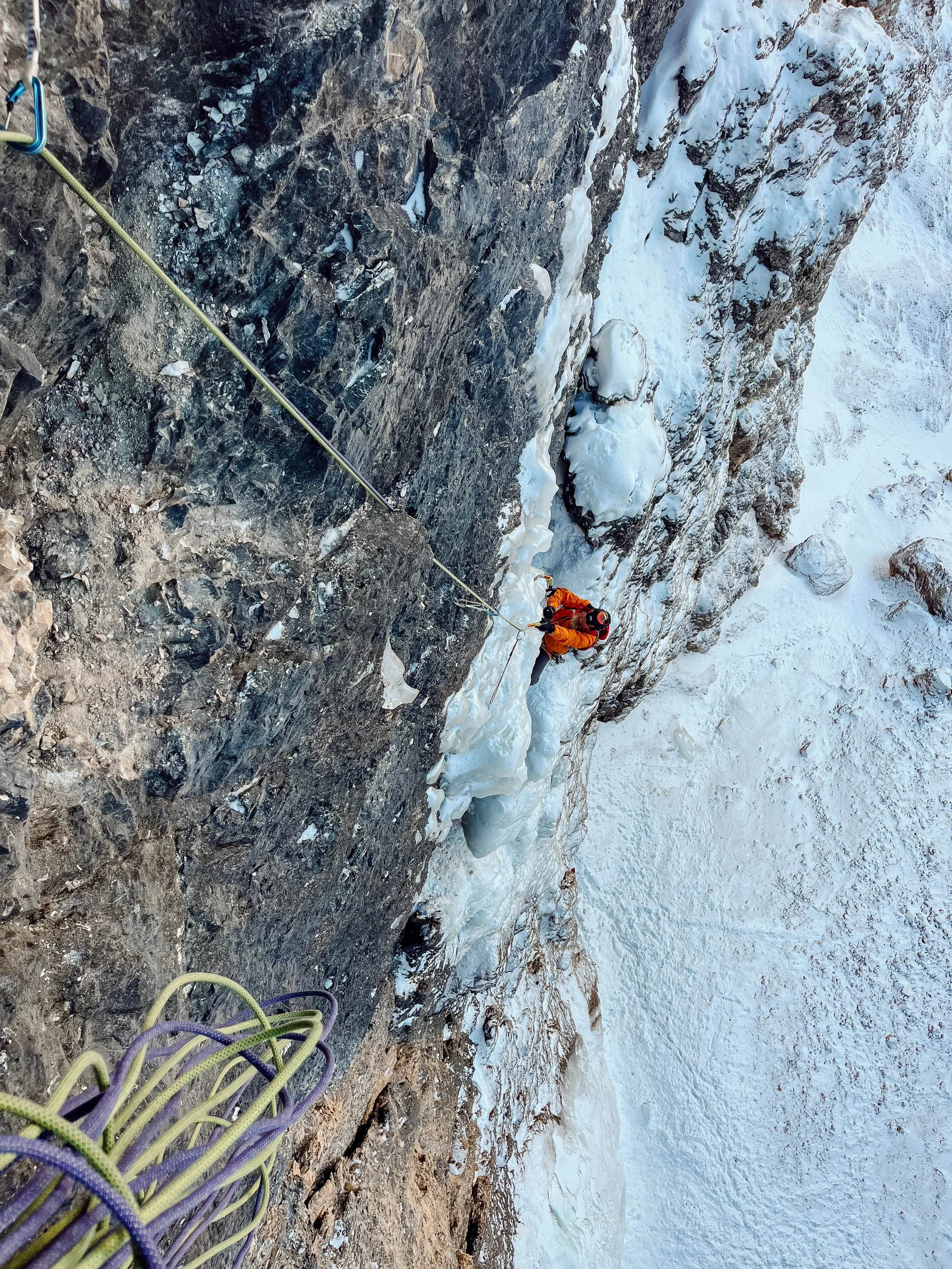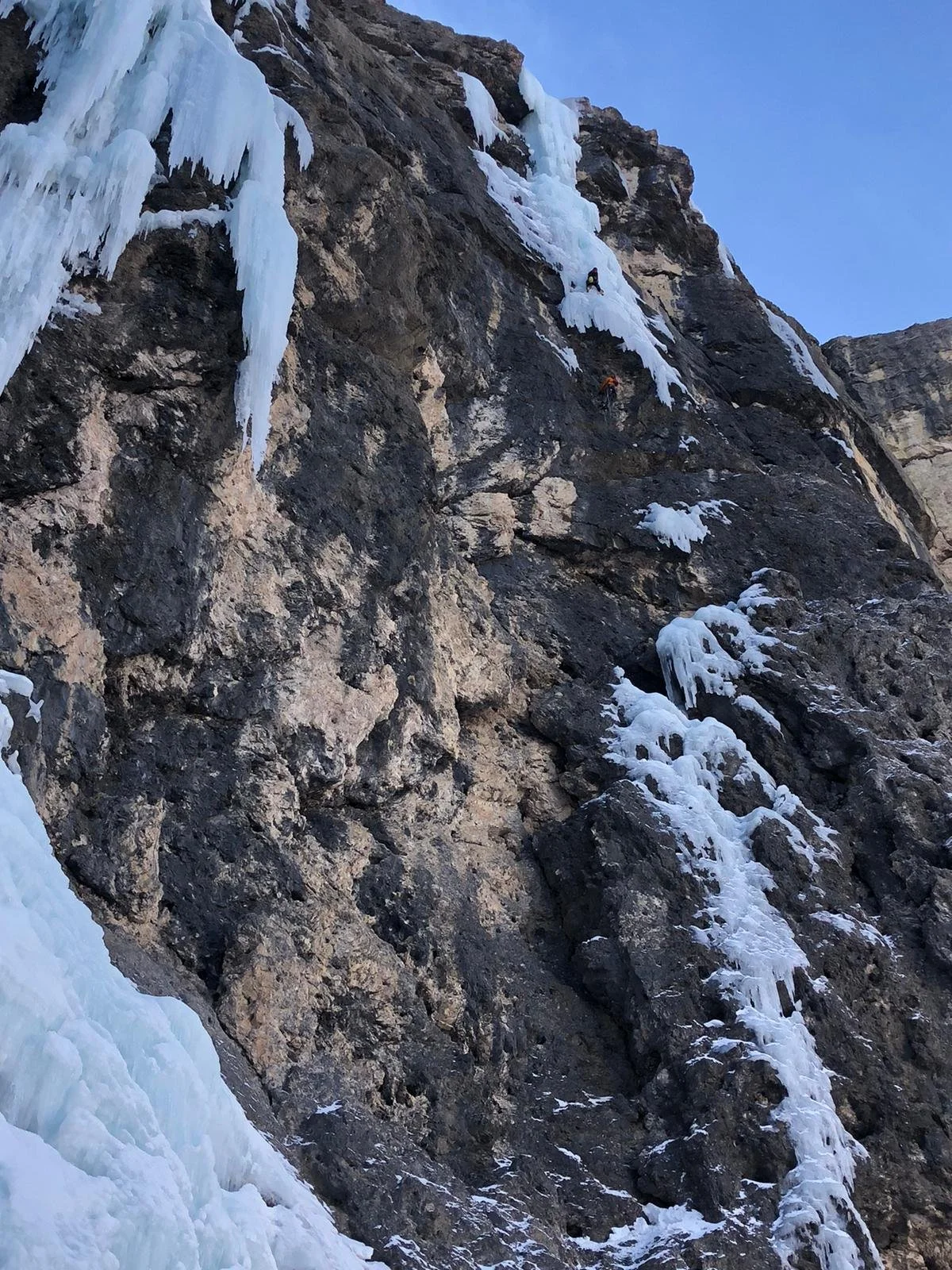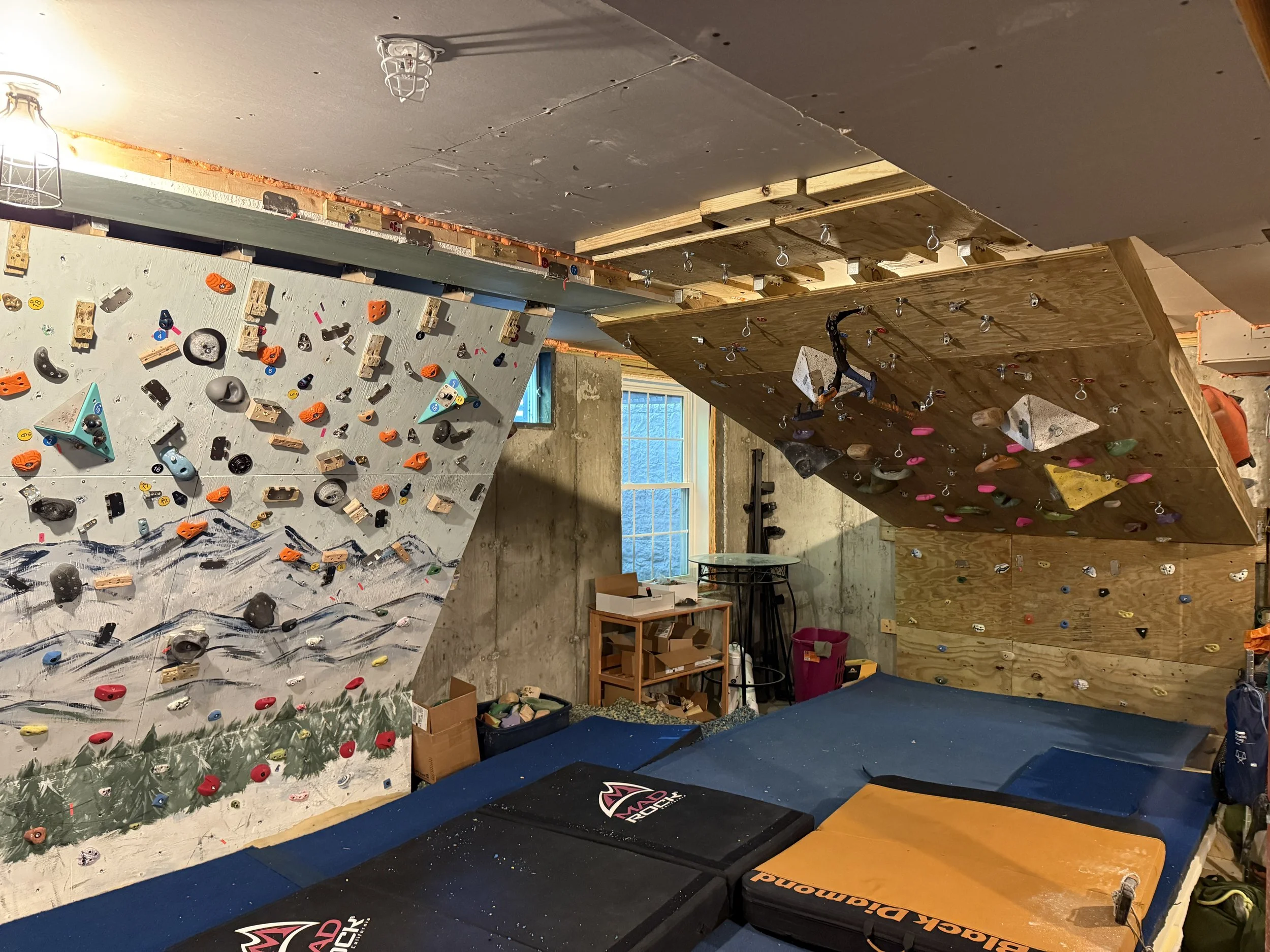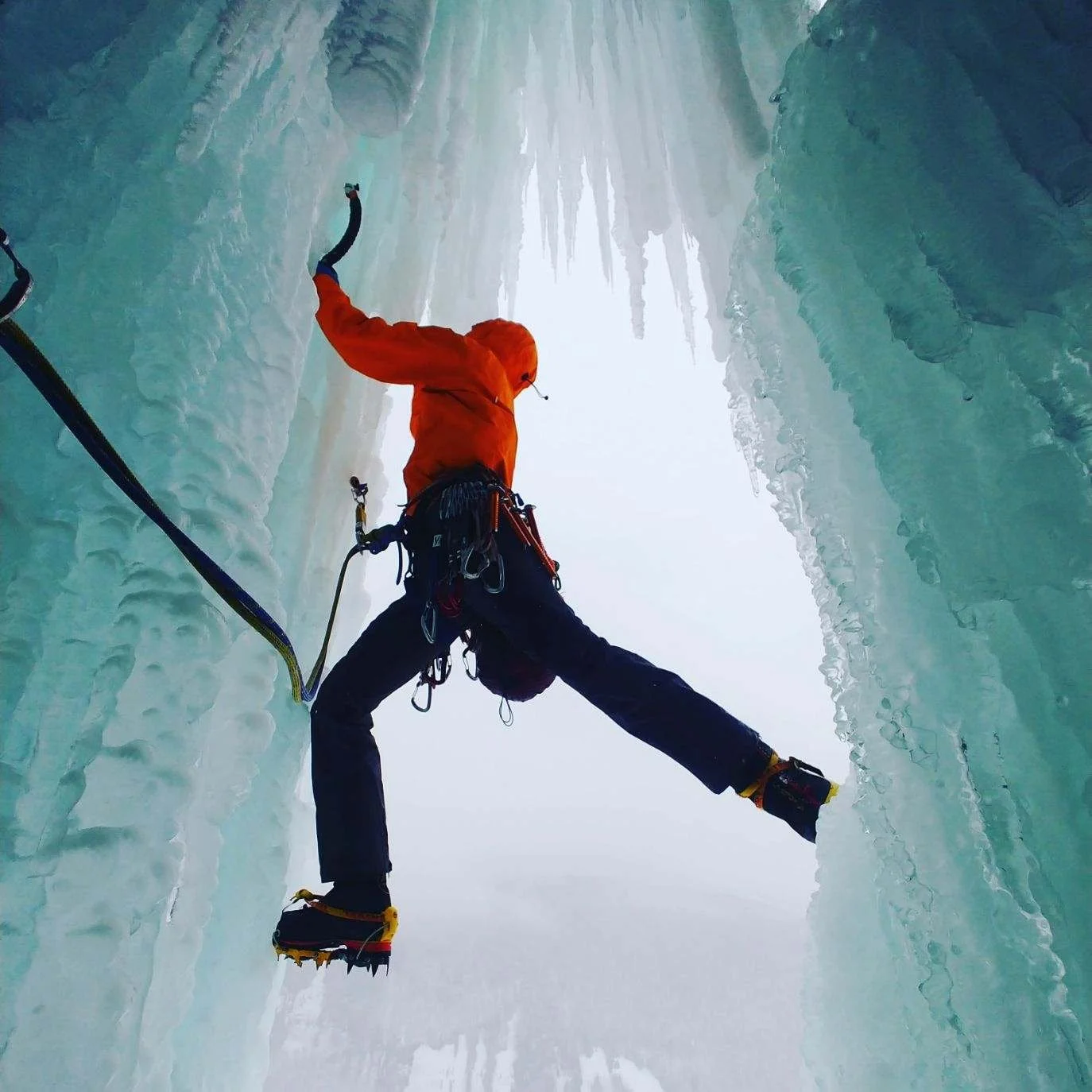Inside the Ascent: Training and decision making for Teufelsgeige (WI5+/M6) in the dolomites
In January 2024, I made a trip to the Italian Dolomites for a week of ice and mixed climbing. The Vallugna valley seemed like an ideal opportunity to continue to push my development as a mixed climber as a way to explore a new area. We’d already climbed a few classic ice lines earlier in the week and bailed from a hard ice/mixed line (WI5+/M7) in the Vallugna valley because my partner was feeling quite sick. At this point in the trip, I was feeling hungry for something that would push my skills because, up to that point in the trip, everything had been well within my comfort zone.
I’ve been rock and ice climbing for 20 years now and have several ascents in the WI6 range. To be honest, some of the routes I’ve done may even be harder than that, but I’m from New England, and we sandbag the shit out of ourselves. Mixed climbing is a newer thing for me, and I’m much more comfortable on ice.
I’ve led trad routes in the M6/7 range, have onsighted bolted M7/8, and have worked trad mixed lines in the M12 range on pre-placed gear, and up to M13 on bolts. When it comes to mixed climbing, my preference is more for on-your-feet, scrappy, mentally engaging routes vs. powerful overhanging climbing. All of this is to say that I was approaching our objective with a good background of skills and experience for the route, but not necessarily a deep level of comfort with the style of climbing - in particular, transitioning from overhanging mixed terrain onto hanging ice features, and climbing chossy limestone on trad gear were skills I knew I would need to tap into for this route.
Don't turn around until there is a reason
At times I struggle with accessing the “try hard” necessary to make hard winter ascents. Sometimes I make it happen, and I have multiple ascents of several of the rarest ice routes in New England, but very often I play it quite conservatively and pass up opportunities. Sometimes these missed opportunities weigh on me, so a goal for me this year has been creating a process to approach risk more objectively. This winter, I’ve tried to apply specific strategies to try to “tap in” to that try-hard more often.
The classic refrain on grades in climbing is that “they’re all subjective,” and this is especially true of ice and mixed climbing grades. I’d even go so far as to say they’re more than subjective, and that mixed grades in particular are “completely made up.”
In theory, Water Ice (WI) grades are pretty straightforward because the difficulty is largely determined by the steepness and length of the steepness, but at times it fails to account for the ice quality, the degree of attachment, or how thin (and thus usable and protectable) the ice is. WI6 ice that is fat and well-bonded will feel easier to climb than WI4+ that is thin and delaminated. I think of the guidebook grade as an approximation, and the conditions of that day being either “Climbable” or “Not Climbable” by me!
Mixed (M) and Drytooling (D) grades are usually the same in terms of the number, with M grades meaning you likely will encounter some ice on the route, while D grades mean there is no ice on the route. D grades are generally straightforward to assess, but there’s no real consensus on what the different numbers mean, especially as you get up into the M/D 9-15 range.
Mixed grades are further complicated by how much ice is on the route vs. how much was there on the first ascent, what that means for available tool placements, foot options, gear options, etc. Sometimes a moderate graded mixed climb may be a horror show because there's ice choked cracks that won’t take traditional gear, more technical and delicate holds, and more objective hazards in case of a fall. Steeper climbs may be much safer and mentally easier because of clean falls, easy gear placements, and positive, if widely spaced, holds.
There’s no real definitive resource on winter climbing grades, but these two links give some perspective into what the grades “mean” and how subjective they are.
→ Ice Climbing Grade Info from NEice
→ Complete Guide to Ice Climbing Grades from Blackbird Guides
It can be challenging to separate objective reasons from the emotional/irrational. With the fickle nature of conditions in winter climbing, and especially the reality that gear options are often less than ideal (frozen cracks, thin ice, delaminated ice, etc. don’t always afford bomber gear options), there are considerably more objective hazards inherent in winter climbing. This adds more variables to our analysis of objective hazards, and potentially increases the number of subjective, or even perceived hazards. While fear is good - it keeps us safe - without pushing comfort zones, there is no growth, and this is the delicate line I try to walk.
Having to specifically name the reason for turning around (or lack there of) is one way I can separate true risk from discomfort. Write down your intentions/goals – doing so makes it feel more real and more tangible. It’s no longer nebulous. I posted in a group forum about the objective the day before tackling it. Making it public created more accountability in my own mind. I can always back off/away because I don’t owe anything to anyone else but putting it out there sparks that external pressure/drive that, to be honest, helps push me (yes, I have internal goals/motivations, but I’d be lying if I said part of me doesn’t at least notice others’ opinions. The real trick is pushing these down and focusing on the internal elements). I want to be a better mixed climber, and this route made sense to push in that direction. External motivation and accountability are amazing tools if used with some self-awareness.
Engage with your partners about your goals/objectives, both on the front end, and then afterwards – I told my partner what I wanted to try. He’s game for anything, and doing so made it real in my mind. Getting it out of my head and into a conversation brought me closer to the reality of the goal and also build accountability and support for my pursuit.
Teufelsgeige “Devil’s Violin” - WI5+ M6 (R/X), 4 pitches
This climb forced me to tap into all of the mental and physical skills I’ve been honing over the past 20 years of winter climbing.
P1: 150’ M4R/X
The rock quality is AWFUL. So bad that I may not have chosen this route had I known this. Fortunately, I didn’t. Instead of making a traverse into the ice, I opted to stay in the broken corner with the chossy rock. This was a conscious decision because the style of climbing (on your feet, technical, mentally engaging without having to commit to big moves) is a style of mixed climbing I do a lot of and excel at. The rock was so bad that getting to the ice seemed the less secure option, and the gear was so bad that the consequences would have been quite high. I got marginal gear the whole way with long run-outs. This style of climbing suited my skills though, and I felt comfortable with the movement the whole time. Nevertheless, I was psyched to reach the ice at the top and place a screw for protection. I was aware of being in a no-fall zone for the entire duration of this pitch, but I also felt like I understood the medium and was operating well within my physical and mental limits. I’d been in similar situations before and knew I had a toolbox to manage the situation. I was able to assess, recognize, and accept the risk, and use my movement skills to mitigate that risk.
P2: 60’ M6
Bolted limestone choss with a fun transition onto an ice blob/roof, followed by more choss wrangling. At least it was bolted! Despite the bolts, this was less “in my wheelhouse” because of the physicality of the moves and the need to commit to less-than-secure placements in poor rock. Falling felt way more likely than on pitch 1, though the consequences would be much less.
P3: 100’ M5R WI5+
This pitch followed 20’ of marginally protected choss to the left side of the big ice roof, followed by 70’ of WI5+climbing through giant overhanging ice mushrooms. The mixed climbing and transition onto the ice were both mentally and physically hard because the ice at the transition was dry/desiccated, and I blew a tool and both feet in the transition when some of that ice sheared out.
Fortunately, my physical training for ice and mixed climbing meant I was strong enough to just hold the lock-off on the good tool. When my feet blew it was jarring, but I held, reset my feet, breathed, and just moved up onto the ice, then climbing 50’ of overhanging ice mushrooms (cool pulls, followed by rests) to a belay nook below the final column.
P4: 50’ WI5+
Very technical climbing for the first 20’ and I was feeling a deep pump. Fortunately there were many hooks from the few previous ascents that season. I am not too proud to say I was HAPPY to have them since it let me feel more confident, swing less, and place a ton of screws.Truth be told, though, I didn’t need the hooks despite being happy to have them. Breaking up pitch 3 and 4 instead of linking them meant I had plenty in reserve. In this case, the tactical decision to break up pitches allowed me time to mentally reset AND physically rest as Chris climbed the pitch below.
Furthermore, spending countless hours this fall and winter on the tools on 30-degree and 70-degree overhanging walls in my basement gym meant I KNEW i could tap into 20 years of climbing experience to get my weight on my feet, shake out, slow down, and methodically approach the climbing without red-lining.
Training for Teufelsgeige and Winter 2024
This winter, the key for my training consisted of 2 pieces:
September-November I focused on weight training. In particular, I focused on big muscle lifts such as Deadlifts, Bench Press, Weighted Pull Ups, and 1-arm lock-offs. Instead of rock climbing, I spent most of my time drytooling if the opportunity presented itself, which allowed me to build the grip strength and comfort with hanging on tools that I’d need for the winter. I rock climbed some during the fall, but I sacrificed what turned into the nicest fall for rock climbing in recent memory for the investment into my winter season and goals.
Pat’s home training setup
December and January training consisted primarily of sessions on my tools in steep terrain. I spent 4-5 hours each week on my home walls (15,30,and 70 degree overhanging) moving on tools. I’d do endurance work, hard boulder problems that require enormous tension on insecure holds that mimic the insecure alpine-style mixed climbing here in the Northeast, and figure-4/9 based boulder problems to mimic some of the M12/13 projects I was focusing on this winter. This volume of time on holds/moves that are significantly harder than any physical moves on ice routes, and honestly way more technically difficult than any mixed/drytooling routes I’ve been on, created both a physical reserve and mental confidence to push myself on routes this winter, especially on Teufelsgeige. Despite being tired and pumped on pitch 4, the terrain felt less taxing and the pump more manageable than spending all that time on incredibly steep terrain in the home gym!
This progression: non-tool, non-climbing specfic weight training that dovetails into more and more sport-specific, tools-in-hand training as I get closer to in-season performance is a how we recommend folks look at and structure their “off-season” efforts. To reap the benefits (strength, injury prevention, and resiliency) of “off-season” training, I did have to sacrifice enough to really have this training occur. Then, as I got closer to my season, the focus shifted to more and more time and effort on tools. Resisting the need to be in a “performance mode” all of the time allowed me to build larger muscle groups and stay healthy. Then, when it was time to turn-on, I was able to go all in on my bigger objectives in a healthy way.
Furthermore, working over the past few years on improving my gear placements and falling on them, exploring the science of flow, practicing mantras to control racing thoughts, and creating new thought patterns to allow me to focus on remaining focused on my movement instead of risk allowed me to put all of this into practice on the climb itself. Pursuing mental training as a dedicated practice has given me skills and techniques to draw upon while on mentally taxing climbs to maintain my focus and push aside the outside “chatter” that distracts from the task at hand and has a tendency to prevent us from performing at our physical peak.
